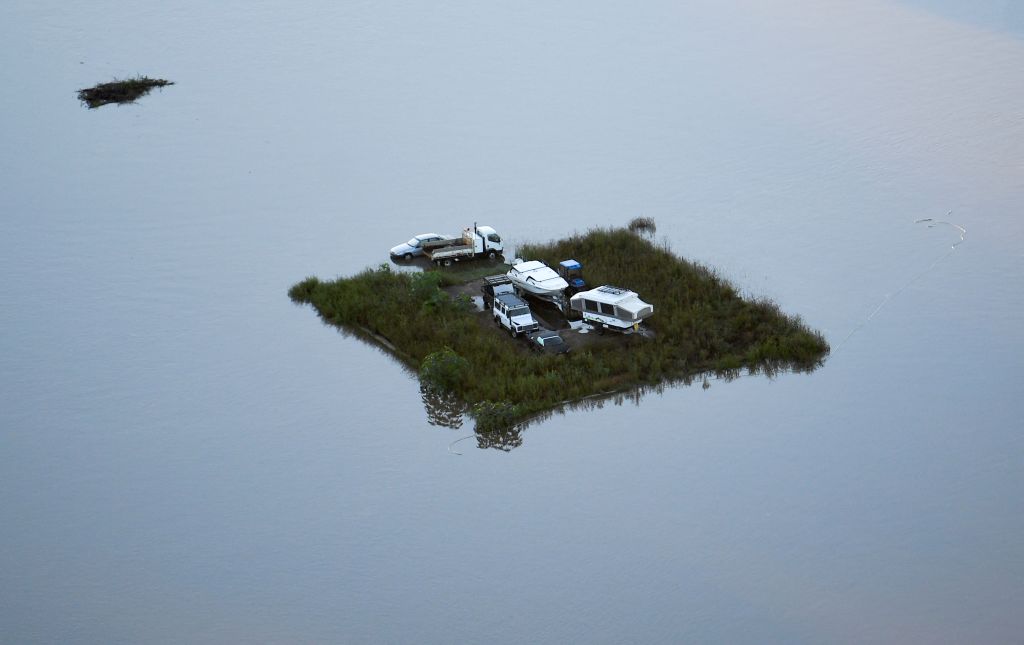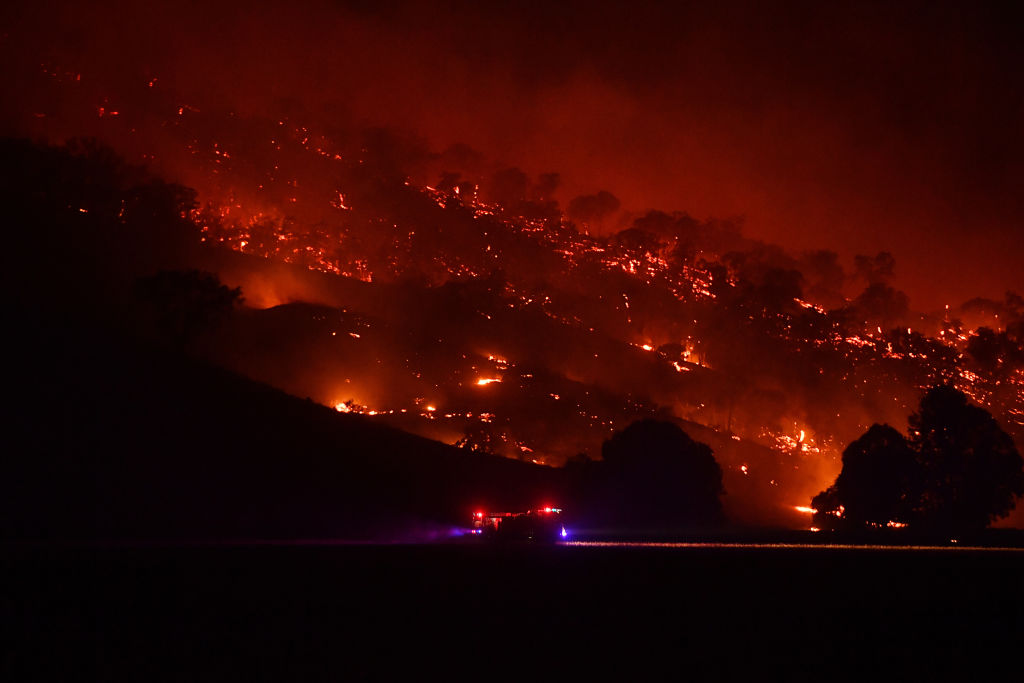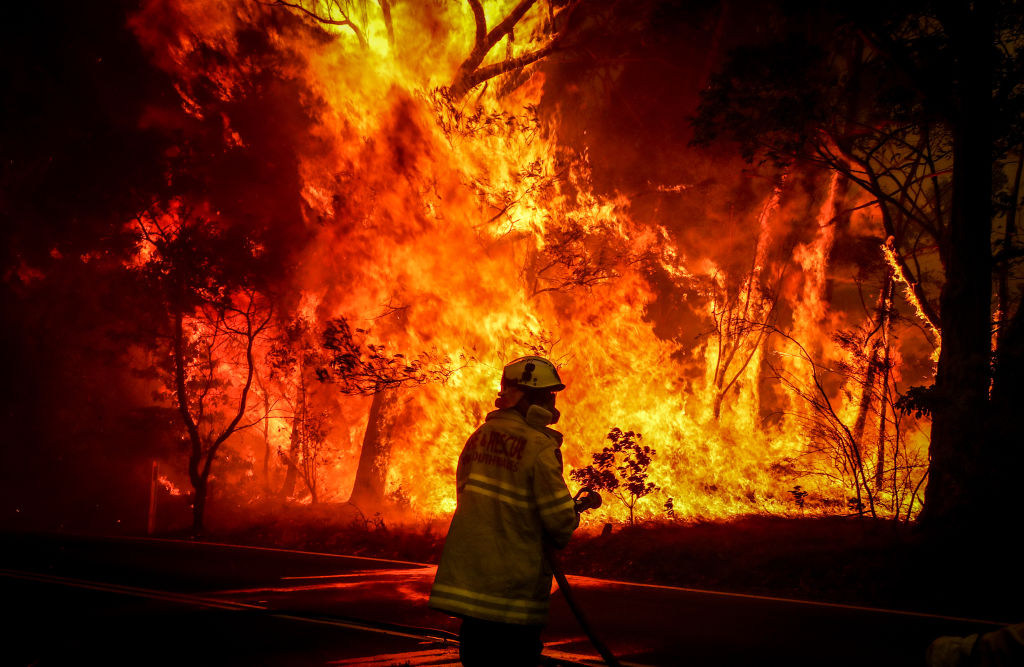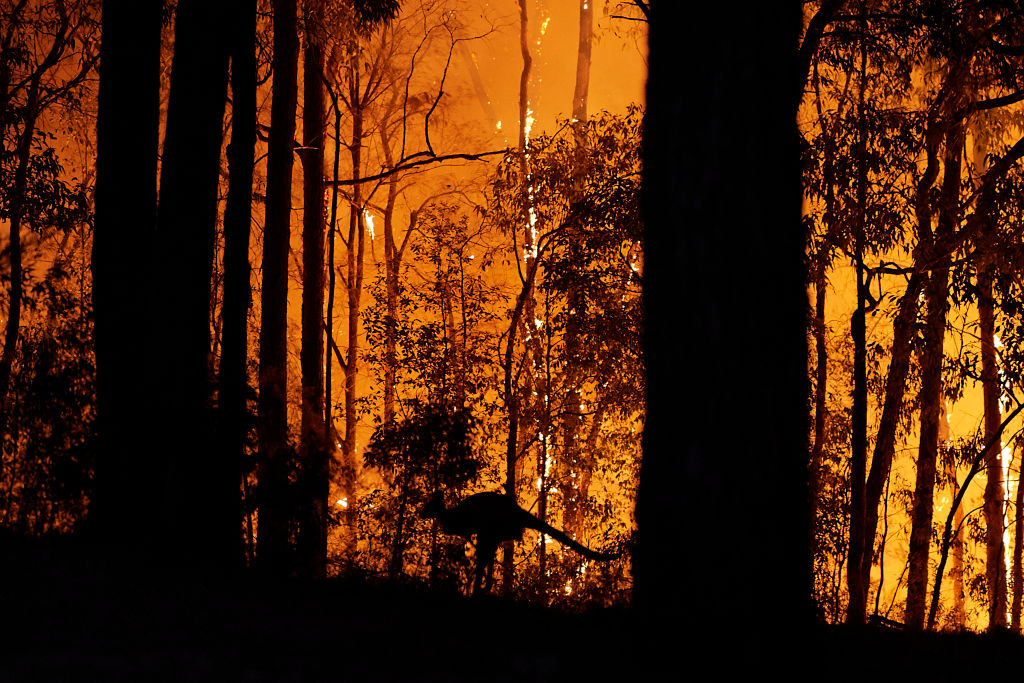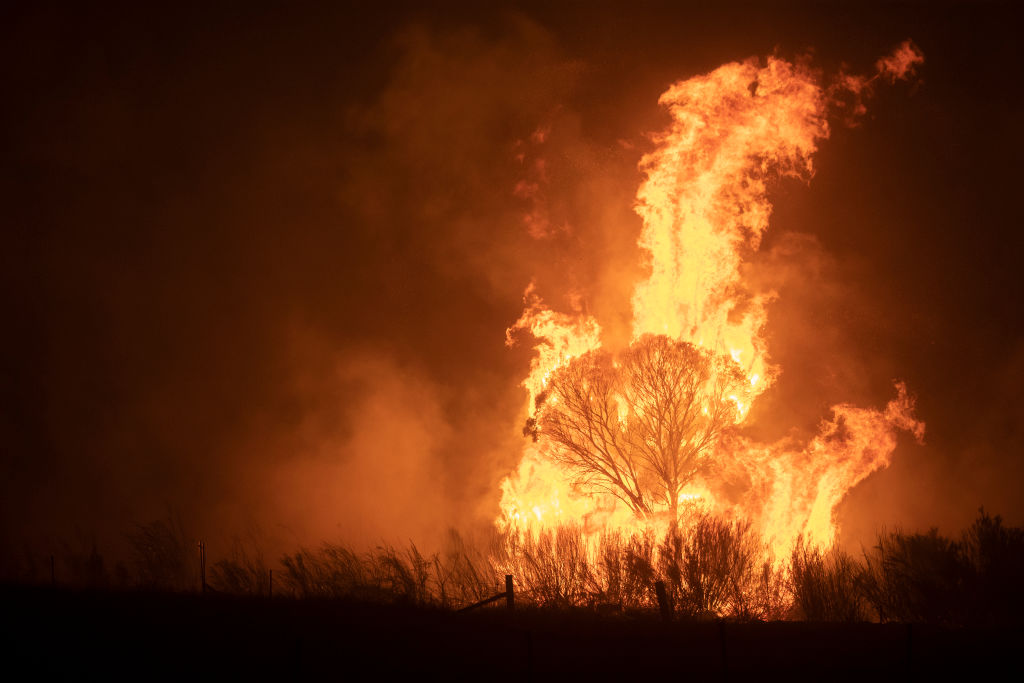For a waterbombing reserve, adapt ADF aircraft

Australia should buy equipment to cheaply and temporarily convert military transport aircraft into waterbombers.
On current planning, the Australian Defence Force will have a total of 34 Chinook helicopters and Hercules airlifters. They should be able to serve as waterbombers when needed. Black Hawk army helicopters can also be used.
In contrast to permanent waterbombers, these aircraft would return to normal operations afterwards rather than sitting idle and waiting for the next big fire. And they wouldn’t be called out unless civilian waterbombing was inadequate or unavailable.
In January, fires ripped iconic parts of Los Angeles, even in the middle of winter. January is also when Australia’s fire season is most intense. Usually, we would rely on seven large waterbombers to put out life-threatening blazes. However, some of those waterbombers were 12,000km away waterbombing the California hills.
In the past decade, the New South Wales government has bought a waterbomber, a converted Boeing 737, for $26.3 million and the Queensland government has agreed to pay $18.1 million for waterbombers of comparable size to be stationed in the state for five years.
Although vital when fighting a fire, outside of fire season these expensive waterbombers mostly sit idle. The current alternative—maintaining a leased commercial fleet—is also expensive: the Australian government spends $51 million a year on the National Aerial Firefighting Fleet, a collection of commercial aircraft held on at-call leases to be available for firefighting. That’s in addition to state government arrangements, such as NSW’s $40 million annual contract.
Even though that money is budgeted, there’s no guarantee all those assets will always be available as they also fight fires in Europe and the Americas. Australia needs an adaptive, government-owned backup fleet that can be cheaply deployed if commercial leases fail to appear.
The Australian Army and Royal Australian Air Force have dozens of aircraft suitable for temporary use: Hercules and Chinooks.
The tried and tested Modular Airborne Fire Fighting System (MAFFS), developed in the United States, can be installed into an unmodified Hercules plane in four hours. The current version has a capacity of 11,000 litres, turning the carrying aircraft into a class 1 large air tanker.
There are only six large air tankers in Australia’s national firefighting fleet. The federal government is spending $9.8 billion to replace the air force’s 12 Hercules with new ones and expand the fleet to 20 aircraft.
The MAFFS are reportedly inexpensive. Unlike at-call leases, Australia would own the systems, and unlike permanent waterbombers, the aircraft would remain in use outside of firefighting.
For the army’s 14 Chinooks, the equipment would be a temporary external tank made by Helitak Firefighting Equipment of Queensland. This company has been selling its equipment with US approvals to foreign customers since 2023.
The Helitak fire tank can be installed in 30 minutes without structural modification. It holds hold 11,000 litres and can be filled in 60 seconds.
Helitak also makes a tank for Black Hawk helicopters in a 4500-litre size. The army will have 40 Black Hawks by 2030.
The 2023 Defence Strategic Review emphasised that the government should have the ‘resources and capabilities to deal with all but the most extreme domestic disaster operations’ and that ‘Defence must be the force of last resort for domestic aid’.
This recommendation was made in response to increasing Defence deployment as almost a first call to respond to natural disasters and provide community assistance. Some of those deployments are rightly criticised as an abuse of Defence resources that distracts from the organisation’s core purposes. Defence work shouldn’t be manning Australia’s state borders during Covid-19 lockdowns, acting as a surge workforce in aged care homes and mopping up mud for photo ops.
However, Defence cannot expect never to be asked to respond to disasters in Australia.
In the United States, firefighting agencies can only request a MAFFS activation after all available commercial air tanker options have been exhausted. This is an important restriction, and one that Australia should adopt to protect Defence resources. It would also keep the capability consistent with the Defence Strategic Review’s recommendations.
Australia has been relatively lucky this fire season, but we must put contingencies in place now and buy systems such as MAFFS and Helitak tanks before the next inferno.
Otherwise, when lives and livelihoods are in the path of a blaze, Australians will rightly ask why the government didn’t prepare to fight the fires we knew would come.




